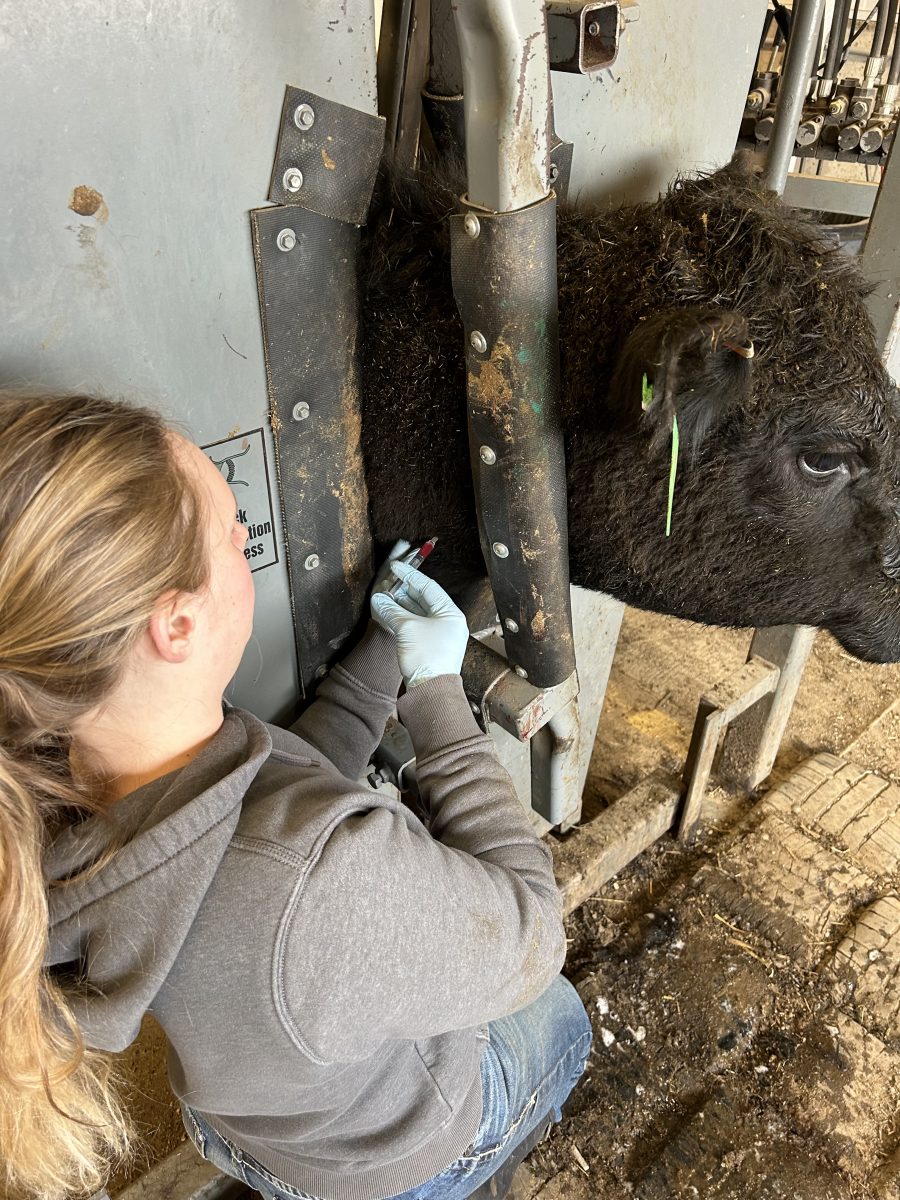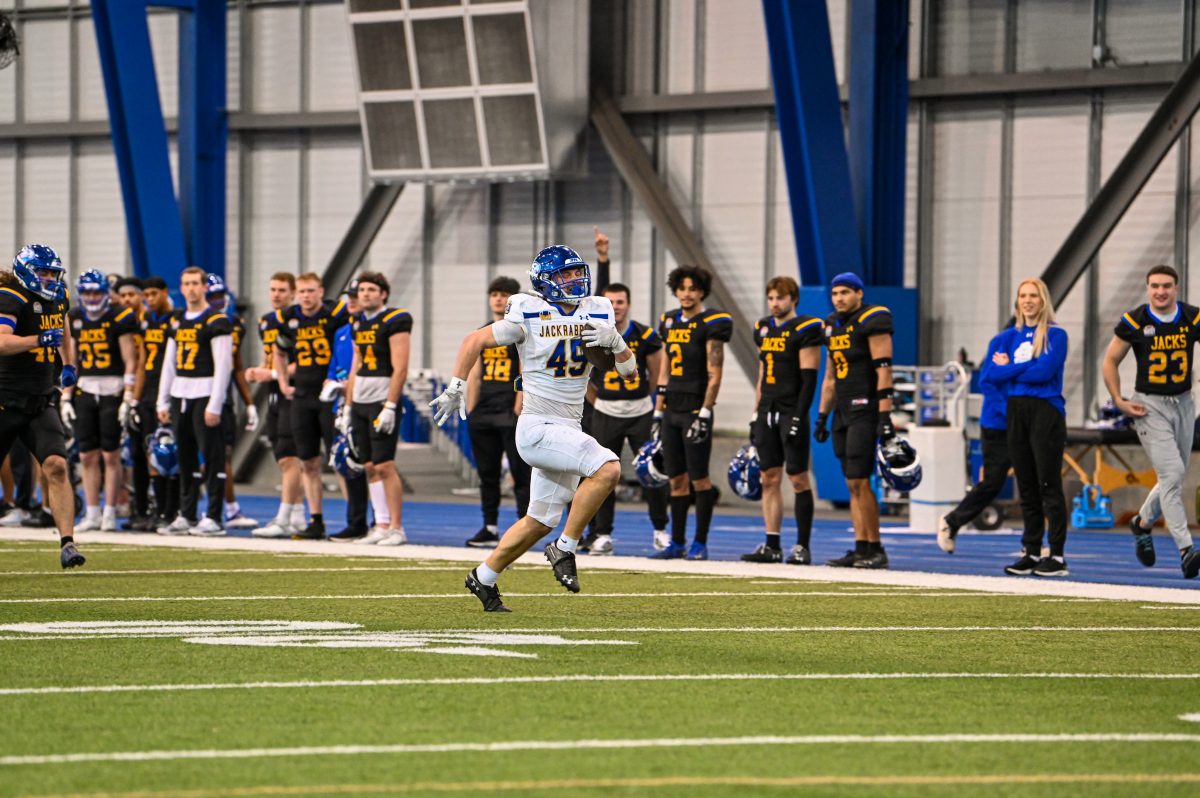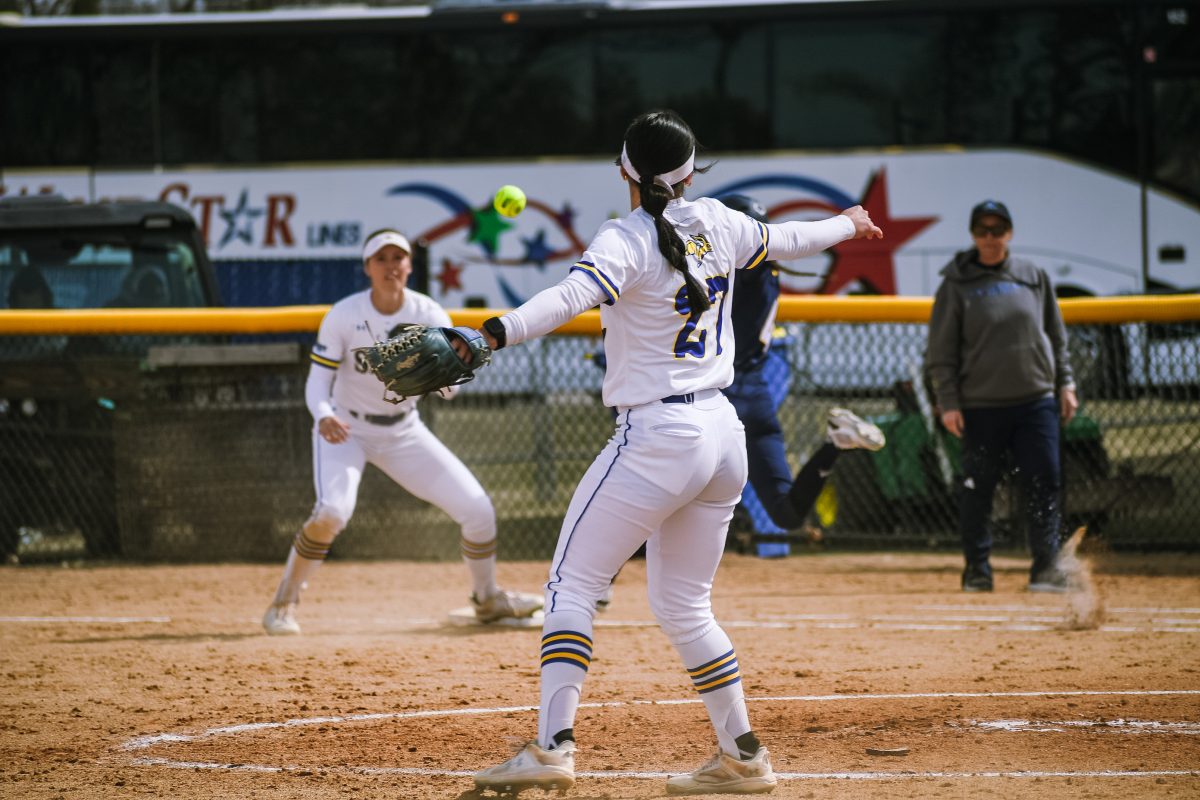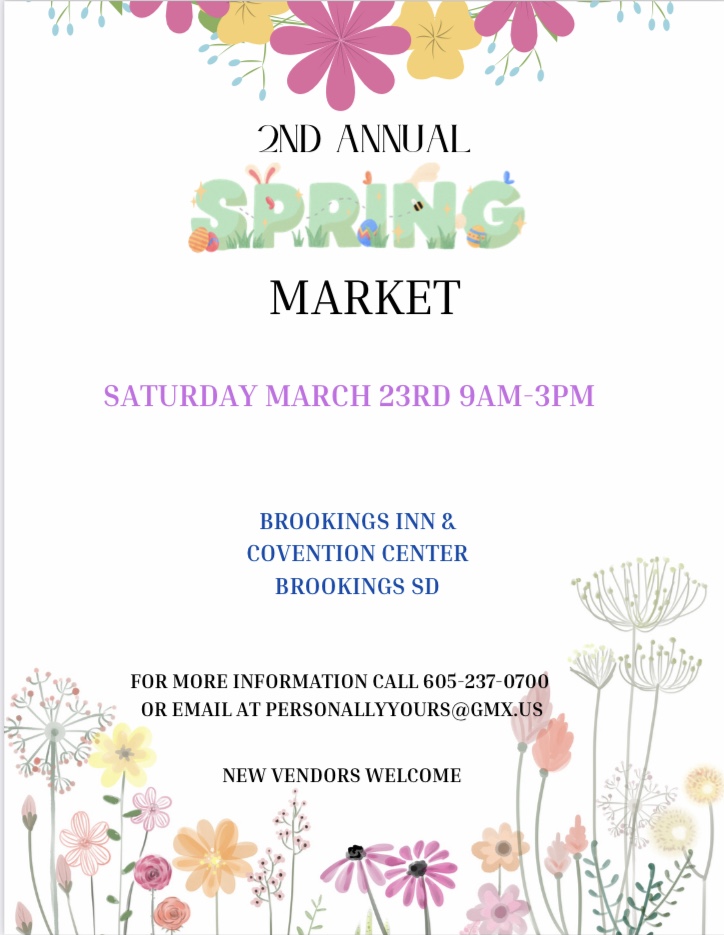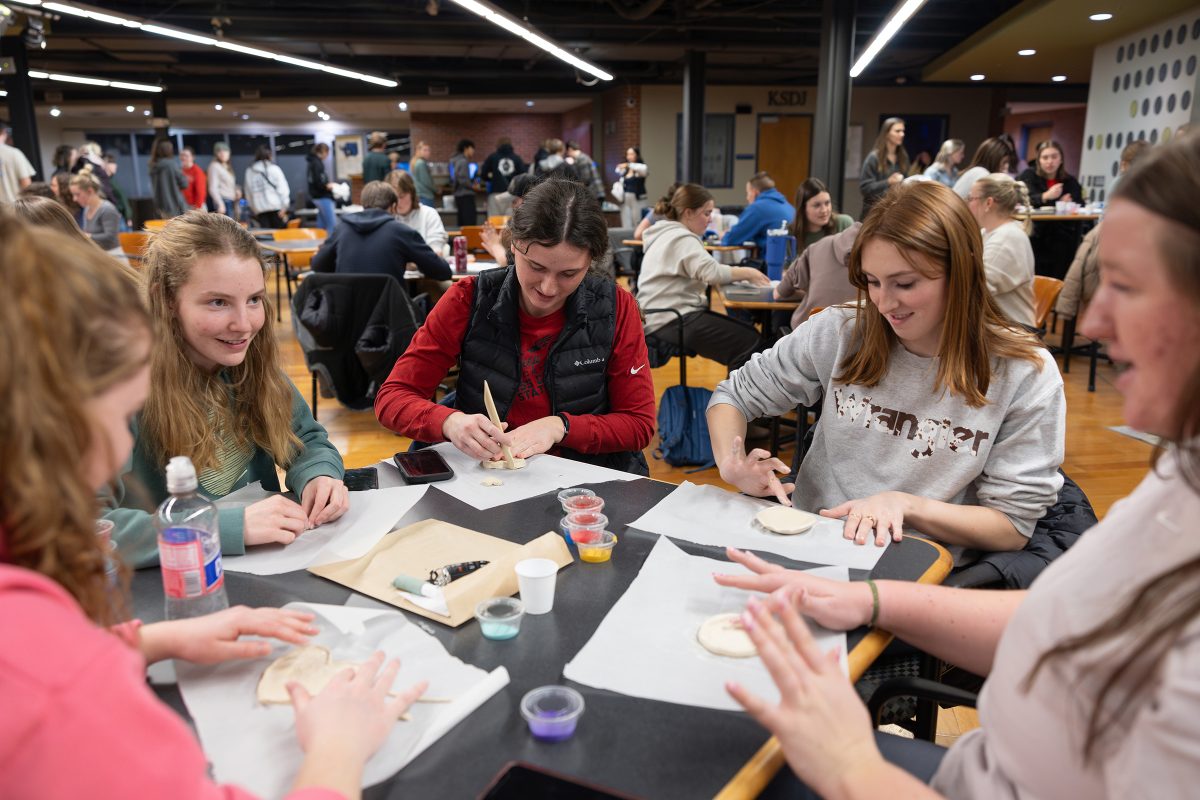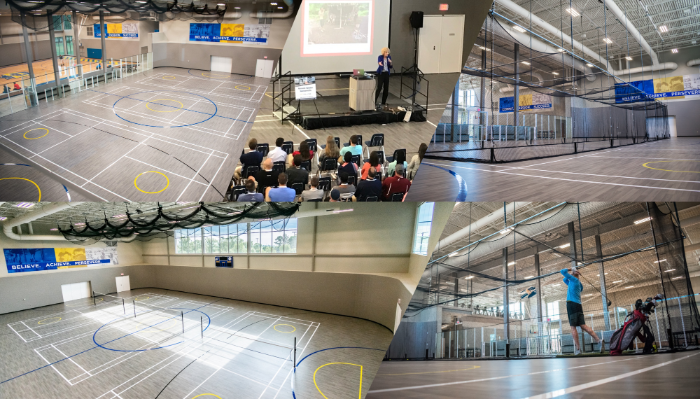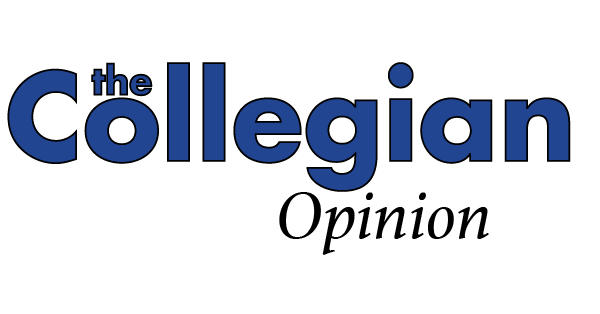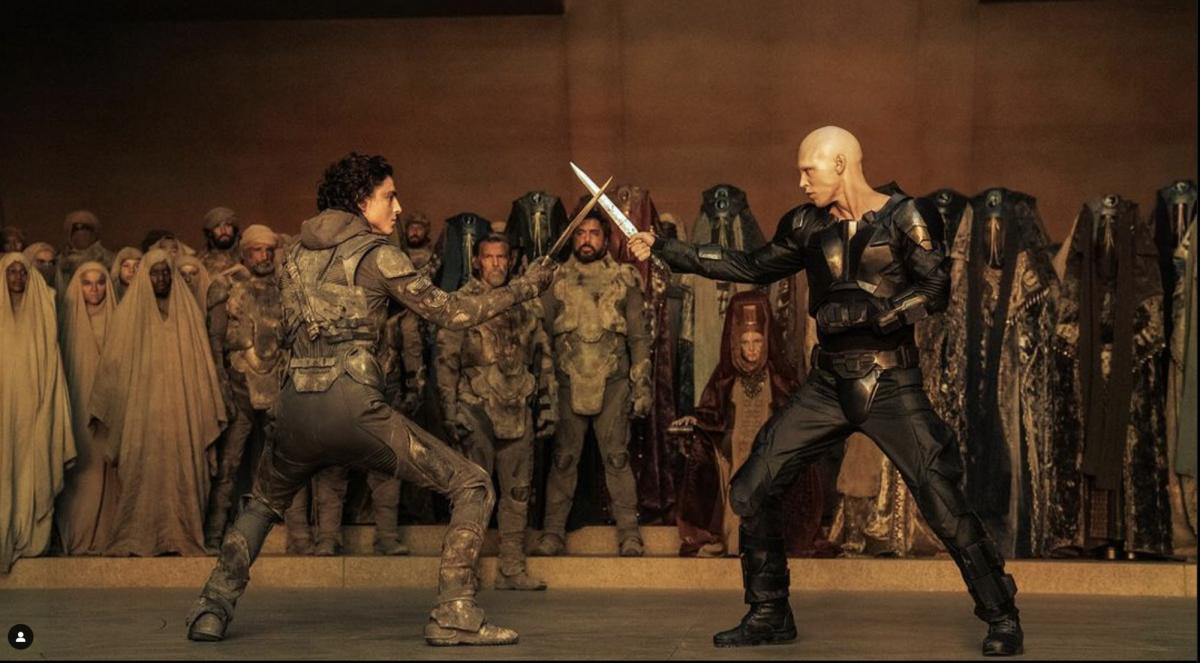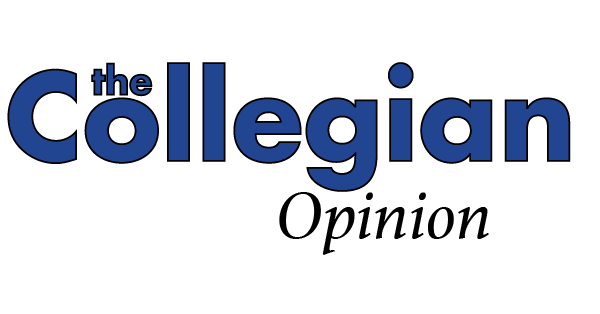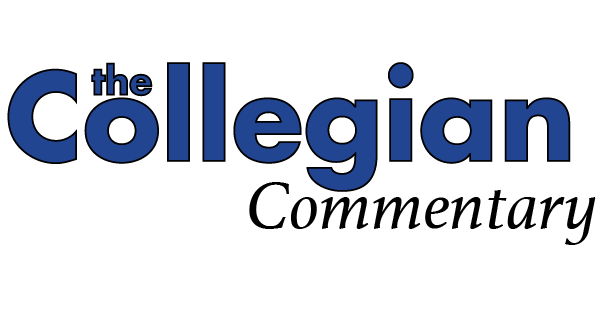Defining America: First Amendment helps students fight to enter the conversation
February 17, 2016
The First Amendment outlines the five freedoms that all United States citizens possess: the freedom of speech, petition, assembly, religion and press.
But for the South Dakota State University Gay Straight Alliance the First Amendment has also given them the freedom to start a conversation and begin of the process of being heard.
“We’ve always been speaking and we’ve always been speaking up, but it’s nice that we’re actually being heard and not being as censored,” said Chris Hartzler, a fifth-year senior hospitality management major and the graphic design chair for GSA.
The GSA is using their freedom of speech to create a dialogue about the concerns LGBT+ students have and to recognize their allies.
In previous years, individuals posted discriminatory messages on Facebook pages and tore down GSA posters, according to Sandy Mosholder, senior sociology major and GSA president.
“Whereas now there isn’t as much of that going on. It’s more curiosity, asking questions and support,” Mosholder said.
Now the group has their own office space, which opened during this fall semester. It is located in the lower level of The Union. Mosholder is especially glad for the new space.
“It’s kind of like we’re available, we’re here and they’re supporting us, and before we had one pamphlet space in the Multicultural center,” Mosholder said.
In addition to allowing groups that have had limited inclusion in campus conversations to exercise their speech, the four other First Amendment rights are recognized in the academic sectors of the university as well as in student life outside of the classroom.
According to the First Amendment Center 2014 survey, when asked to name the five freedoms 68 percent know the freedom of speech, 29 percent of people can say the freedom of religion, 14 percent the freedom of the press, 7 percent remember the right to assemble and 1 percent the freedom to petition. Also, 29 percent of Americans who took the survey are not able to list any of the freedoms in the First Amendment.
The Freedom in Learning statement is in every syllabus distributed across campus. This statement connects the First Amendment and the proceedings in a classroom.
Freedom in Learning states that students may not agree with the values and ideologies of their professor and they may engage in a conversation about the subject, but the student is still required to learn the material.
The idea of academic free speech was introduced in 2014 by a University of New Mexico student Monica Pompeo. She filed and won a court case against the University of New Mexico because she was unfairly judged in a class about her beliefs rather than her performance, according to the court document.
The actions of the university student led other universities to create a way to allow discussions and also promote learning of content.
“You even can enter into discussion about [differences in opinions] and we actually encourage that … the whole idea of discourse and dialogue is part of what we think learning is all about,” said Provost Laurie Nichols.
Nichols said during her time at SDSU she does not remember having a student file a complaint that their First Amendment rights were violated. Most students file a complaint about a grade rather than First Amendment issues.
“It’s really important that we give students the opportunity to express their rights and speak freely and learn,” Nichols said. “We don’t expect people to become a carbon copy of our faculty. We want people to become … who they are as individuals.”
Freedom of Speech extends outside the classroom setting into student daily life even as they are walking to and from classes. Students may have occasionally noticed campus visitors standing on the grass outside of Wagner Hall.
Doug Wermedal, interim vice president for Student Affairs, said the visitors should not intrude into the student’s daily life and there is a policy for visitors on campus to ensure this idea is enforced.
The University Student Manual states, “South Dakota State University ensures the rights of free speech and expression, and encourages the timely and rational discussion of topics whereby the ethical and intellectual development of the student body and general welfare of the public may be promoted.”
Protesting visitors have to give a 24-hour notice to The Union that there will be a protest and while the visitors are on campus they must not touch students, not block walking traffic and must stay 50 feet from The Union, according to the University Student Manual.
“If you expect to be able to advocate for the ideas you most closely hold, whatever the ideas might be, then you must allow for the similar expression of ideas with which you find yourself in rigorous disagreement, otherwise the theatre of ideas never works,” Wermedal said.
Wermedal said he has not encountered a Freedom of Speech issue that has reached the Vice President’s office. He believes listening is an essential part of the Freedom of Speech.
“Free speech implies a listener, an engager and the return of that is the turn into free dialogue,” Wermedal said.
Free dialogue is what GSA hopes to achieve in the future. They have been included in more conversations, but they hope to continue being included in the conversation.
Hartzler has a strategy when encountering people who have differing views.
“I take a mentality of ‘get to know these people, befriend these people, show them we’re human beings, too,’ and I don’t have to push my agenda because as they get to know me they’re going to start to care,” Hartzler said. “And as they start to care, they will warm up to the issues that are part of the community that I’m in.”
For Hartzler, listening to one another’s opinions is essential.
“You’ve got to listen and respect their opinions, too, because sometimes they have a point that we haven’t thought of. That is something that, as community, that we have to tackle,” Hartzler said. “It’s a two-way street of connecting and respecting each other.”



